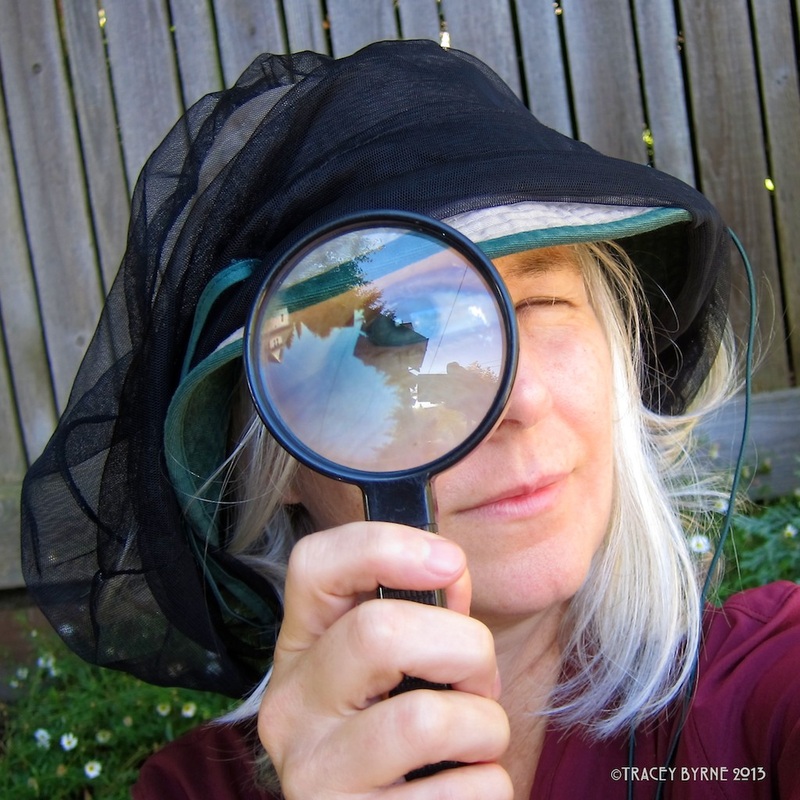How could this be? Deb Byrd explains "because Earth doesn’t orbit upright, but is instead tilted on its axis by 23-and-a-half degrees, Earth’s Northern and Southern Hemispheres trade places in receiving the sun’s light and warmth most directly. The tilt of the Earth – not our distance from the sun – is what causes winter and summer. At the December solstice, the Northern Hemisphere is leaning most away from the sun for the year."
|
Whether it be with bonfires, candles, or eggnog, northerners have been celebrating the return of the light on the winter solstice for centuries (this year solstice is on December 21 in the northern hemisphere, below the equator, the winter solstice falls around June 21 :^) On this date, the earth's axis tilts away from the sun in the Northern Hemisphere, and the sun reaches its greatest distance from the equatorial plane. Though we in Seattle are closest to the sun on the shortest day of the year, it is our longest night!
How could this be? Deb Byrd explains "because Earth doesn’t orbit upright, but is instead tilted on its axis by 23-and-a-half degrees, Earth’s Northern and Southern Hemispheres trade places in receiving the sun’s light and warmth most directly. The tilt of the Earth – not our distance from the sun – is what causes winter and summer. At the December solstice, the Northern Hemisphere is leaning most away from the sun for the year."
0 Comments
Leave a Reply. |
AuthorTracey Byrne~ Categories
All
Archives
June 2024
|


 RSS Feed
RSS Feed
